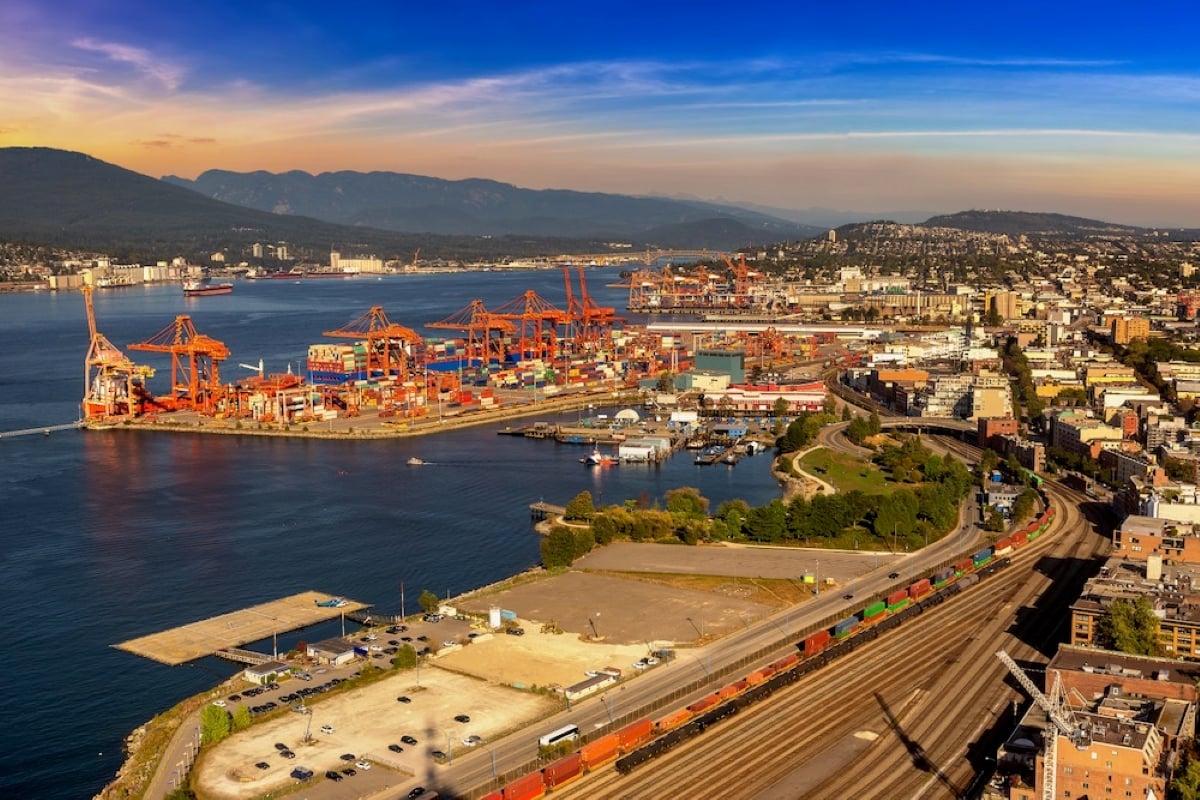SAO PAULO, Jan 27 (Reuters) – A key waterway in Brazil used to transport grains, pulp and other bulk goods will not reopen, as planned, for the start of soy exporting season, the Sao Paulo state government said on Tuesday.
The Tiete-Parana waterway has been closed since May, and rains in January, usually the rainiest month in southeastern Brazil, have not raised the draft enough for barges to pass.
The closure shows the growing economic impact of the climate crisis in a region responsible for 60 percent of Brazil’s gross domestic product, and economists are considering the impact of potential energy rationing as water levels drop in reservoirs that feed hydro-electric dams.
Read Also

Grain Growers call for Port of Vancouver to be included in federal major projects
The Grain Growers of Canada (GGC) is calling on the federal government and the Major Projects Office to designate the Port of Vancouver and its connecting rail infrastructure as a project of national significance. The first list of projects being considered was released Sept. 11.
The government has no estimated date for reopening the waterway, Sao Paulo state’s transportation department said in an e-mailed response to questions. The government said in September the waterway would be reopened in January.
The waterway puts authorities in the awkward position of choosing between energy generation and shipping some of Brazil’s main export products that make up the country’s trade balance.
The state government had hoped to solve the problem by reducing the amount of water used by three hydroelectric dams, and said tests held at two dams in September had raised the water level without any significant environmental impact.
But the local government is still waiting for approval from three federal agencies, the transportation department said.
Reservoir levels in the southeast are the lowest in January since at least 2000, when the current electricity grid was being installed. Brazil relies on hydro power for between two thirds and three quarters of its electrical generation.
When the Tiete-Parana waterway closed last year, toward the end of the soy export season, Brazil’s national farm lobby Aprosoja estimated freight costs rose by 10 percent to 12 percent. Brazil was the world’s top soy exporter last season.
Agricultural exporters, including Cargill Inc, told Reuters in June they had to hire trucks to transport their goods the full distance to Brazil’s main soy exporting terminal at the Port of Santos.
The Tiete-Parana waterway transports 8 million tonnes of cargo per year, including 2.5 million tonnes of soybeans, corn and other soy derivatives that mostly come from Mato Grosso and Goias in central Brazil, according to Aprosoja.
The southern port of Paranagua said on Friday it had shipped its first soy cargo of the year.














